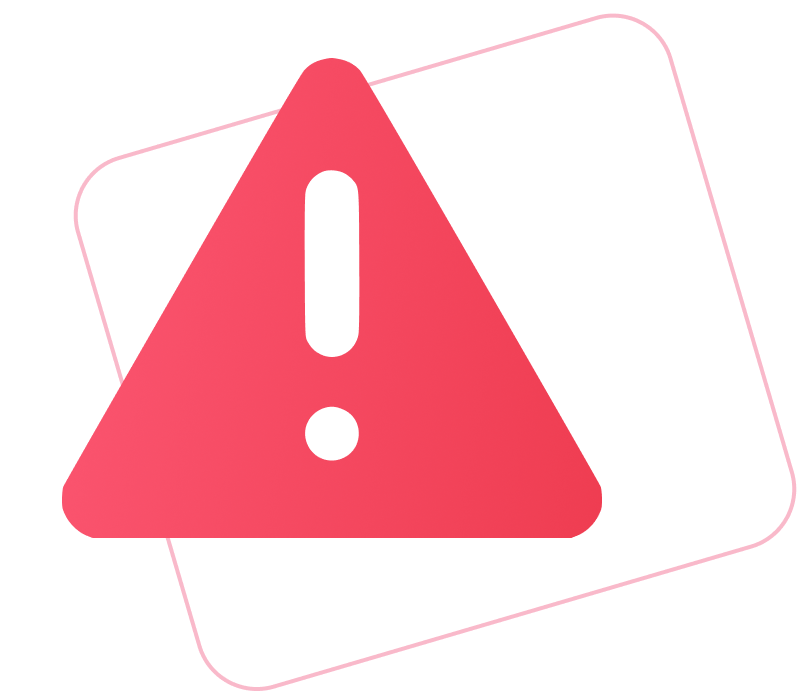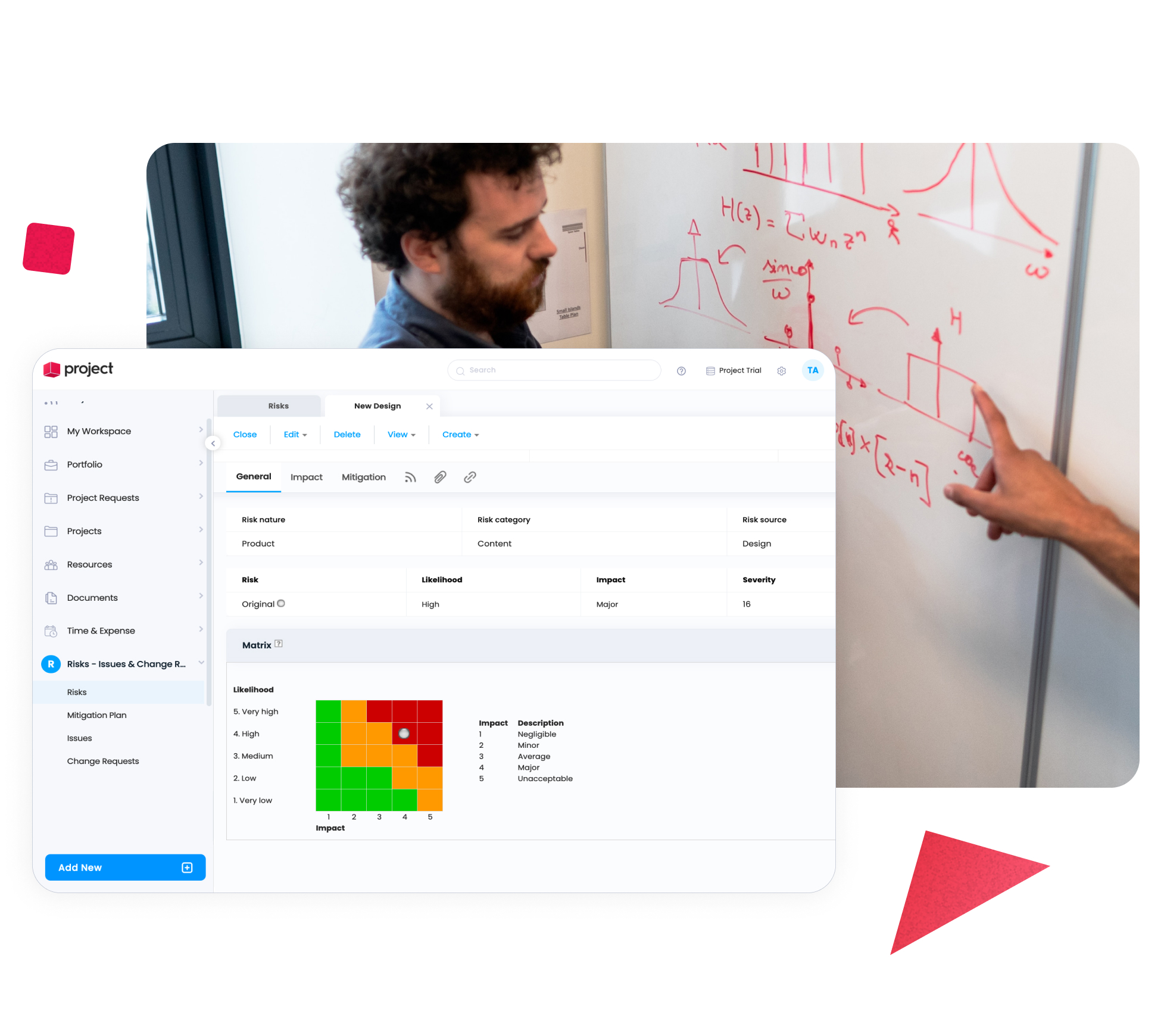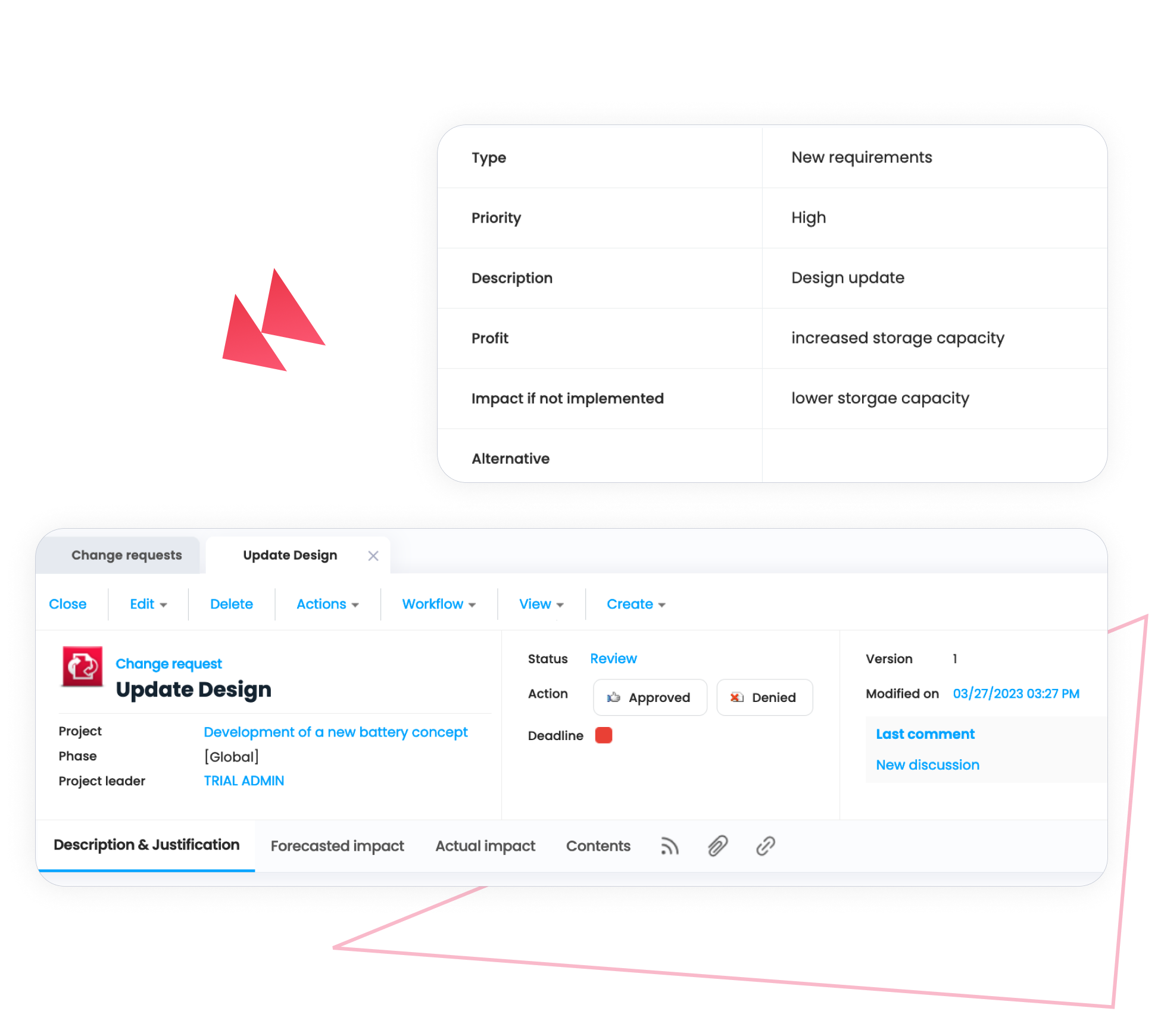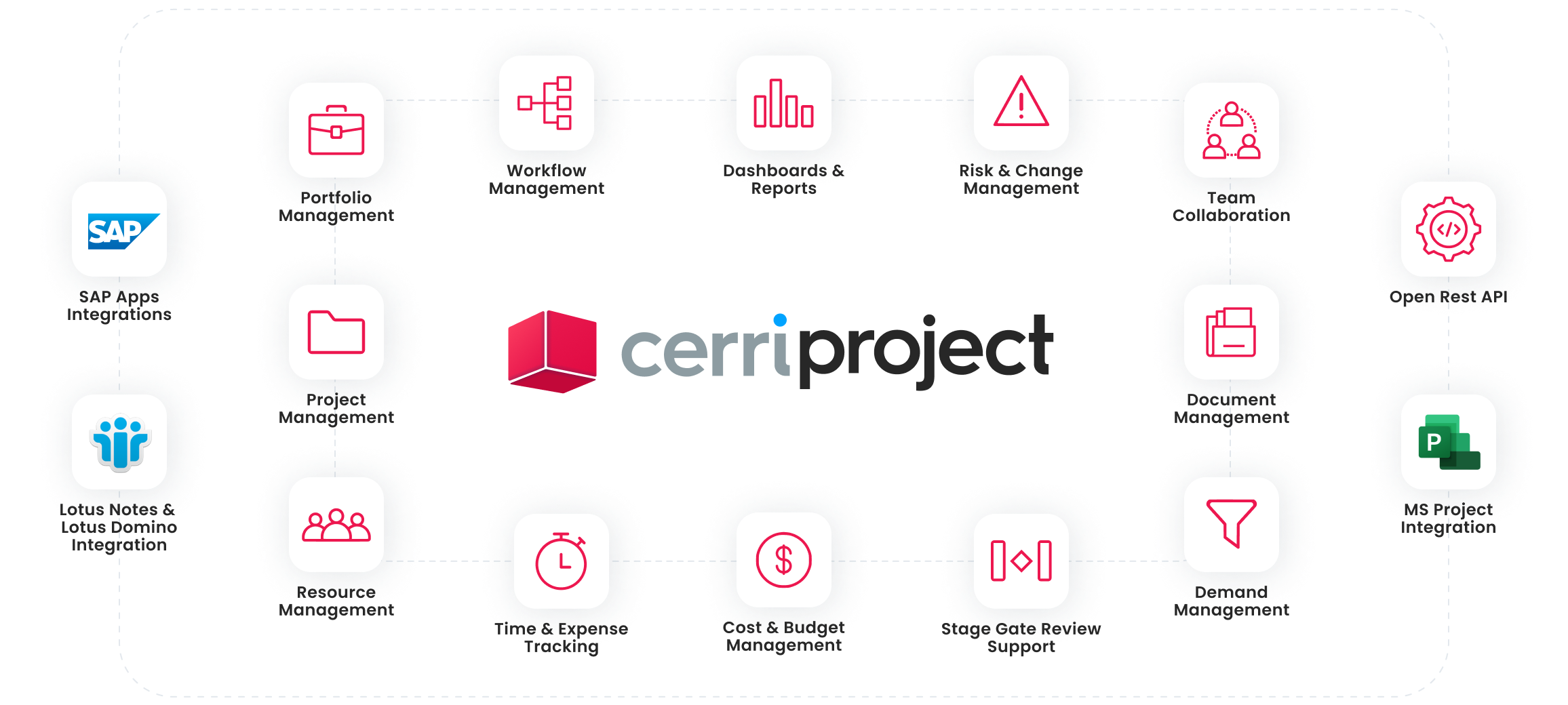












Here are some.

Risk management in project management is the process of identifying, evaluating, and prioritizing potential project risks. It involves creating strategies to address these uncertainties, reducing the probability of their occurrence, and mitigating their impact should they occur. Key aspects of risk management include:
- Risk Identification: Risk identification involves identifying potential project risks and documenting their characteristics. Risk identification results in a deliverable; the project risk list.
- Qualitative Risk Analysis: Qualitative risk analysis assesses the importance of the identified risks and develops prioritized lists of these risks for further analysis or direct mitigation. The team assesses each identified risk for its probability of occurring and its impact on project objectives. Team members review the qualitative risk during the project’s lifecycle. When the team repeats qualitative analysis for individual risks, trends may emerge. These trends can indicate the need for risk management action on particular risks, or whether a risk mitigation plan is working.
- Risk Prioritization: Ranking the identified risks based on their potential impact and likelihood of occurrence.
- Risk Response Planning: Risk response planning focuses on the high-risk items evaluated in the qualitative risk analysis. It identifies and assigns parties to take responsibility for each risk response. This process ensures that each risk requiring a response has an owner. The project leader identifies the best strategy for each risk, and then designs specific actions to implement it. These strategies and actions include:
-
- Avoidance. The team changes the project plan to eliminate the risk or to protect the project objectives from its impact. The team might achieve this by changing scope, adding time, or adding resources.
- Mitigation. The team seeks to reduce the likelihood or consequences of a risk event to an acceptable threshold. They accomplish this via many different means that are specific to the project and the risk. Mitigation phases, although costly and time consuming, may still be preferred to going forward with the unmitigated risk.
- Acceptance. The project leader and the project team decide to accept certain risks. They do not change the project plan to deal with a risk or identify any response strategy other than agreeing to address the risk if and when it occurs.
- Risk monitoring and control: Risk monitoring and control keeps track of the identified risks, residual risks, and new risks. It also ensures the execution of risk response plans and evaluates their effectiveness. Risk monitoring and control continues throughout the project life cycle. The list of project risks changes as the project matures, new risks develop, or anticipated risks disappear. Periodic project risk reviews repeat the tasks of identification, analysis, and response planning (see previous tasks). Risk ratings and prioritization commonly change during the project life cycle.
Change management in project management refers to the process of managing any alterations to the project scope, schedule, or resources. It includes the methods and procedures for handling changes and is critical to the overall success of the project. Key aspects of change management in project management include:
- Change Identification: Recognizing when a change is required in any part of the project due to various factors like new business requirements, unexpected issues, or stakeholder feedback.
- Change Impact Analysis: Assessing the potential effects of the proposed change on the project’s timeline, budget, resources, and overall objectives.
- Change Approval: Presenting the change request, along with its impact analysis, to the appropriate decision-makers or a change control board for review and approval.
- Change Implementation: If approved, implementing the change effectively while ensuring minimal disruption to ongoing project activities.
- Change Documentation: Recording the change details, including the reason for the change, the decision process, and the impact on the project.
- Change Communication: Informing all relevant stakeholders about the change and how it impacts their role or the project’s deliverables.
Proper change management ensures that any adjustments to the project are controlled and structured, reducing the possibility of unnecessary disruptions or complications. It helps maintain the project’s integrity while accommodating necessary changes.
In order to maximize your benefit from Cerri Project’s risk and change management tools you have different options available to you.
- Book a demo with one of our specialists. They will show you how to leverage Cerri Project’s risk and change management capabilities to meet the specific requirements of your organization.
- Check out our help portal.
- Contact us for more in depth consulting services.













 Task Management
Task Management 




















 Customization
Customization
